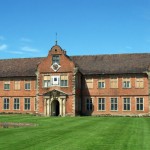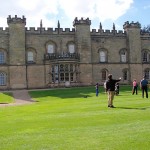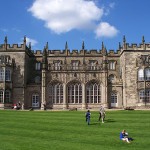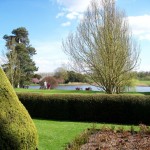
English Heritage associate.
The Rollright Stones are three groups of prehistoric standing stones in rural Oxfordshire. Next to the lay-by is the King’s Men stone circle, around the edge of the field are the stones of the Whispering Knights burial chamber, and across the road from the lay-by is the single King’s Stone. All the stones look heavily eroded.
The large stone circle, restored in the 19th century, is thought to be a ritual circle, and the Knights are the remains of a funeral barrow. The stones represent 2000 years of Neolithic and Bronze Age development. There are other relics, not visible to the untrained eye, in the area.
The site is owned by the Rollright Trust, and there is a charge of £1 for admission. Refreshments, toilet, guidebook and postcards are available at Wyatts Farm Shop, about a mile away by car in the direction of Great Rollright.
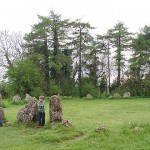
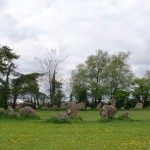
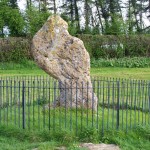
Month: May 2013
Daylesford Organic Farm, Gloucestershire
I visited Daylesford Organic Farm on the occasion of their recent summer Open day, mainly because my sister wanted to go and my nephew works there. The farm has a fairly high publicity profile, being featured on the ITV “Saturday Farm” cookery series. Daylesford farms several thousand acres in Gloucestershire and had herds of cattle and sheep including rare breeds. There is also a market garden. At the farm site are several retail outlets including a delicatessen, cafe and other onsite facilities such as a health spa and couture shop. One has only to glance at the buildings to see that a lot of money has been invested here (Daylesford is backed by the Bamford (JCB) empire). Don’t come here if you are looking for BOGOF bargains – the food is priced for people who have loads of money, or want to give themselves a pesticide-free treat.
For details of what they do, and the various associated companies and outlets, check their website.
Arbury Hall, Warwickshire
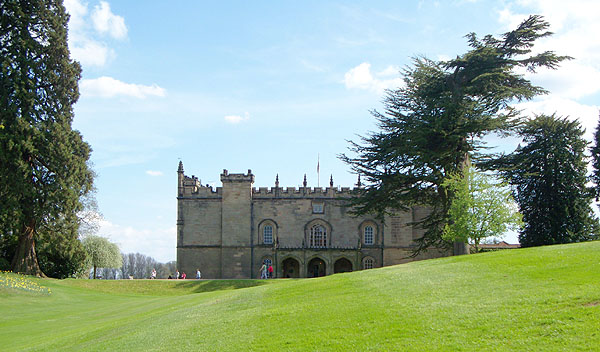
Private.
Arbury Hall was originally built on the site of a 12th century Augustinian Priory. The Elizabethan house was remodelled in Gothic style for Sir Roger Newdigate during the second half of the 18th century. The exterior of the old hall was entirely encased in stone. The fine gardens also date from the 18th Century.
The Newdigate family has owned the house and estate since 1586.
The author George Eliot was born on the estate, and a fictionalized version of the house and estate appears in her work.
The house is a splendid example of Gothic Revival style, a style which later influenced much of Victorian architecture. The ceilings in the principal rooms are fan vaulted in plaster in a manner apparently inspired by Westminster Abbey. In the principal sitting-room the ceiling is more ornate and more high-relief than one could believe possible if one had not seen it with one’s own eyes. Above the present entrance front is a long gallery with many curios on display, including a collection of antique firearms and native weapons.
Views of the house interiors can be found on the estate website.
The house and gardens are infrequently open to the public (Bank Holiday Sunday/Mondays only in 2013).
The entrance to the house is via a gateway in Stockingford village (B4012/B4112). A very long driveway follows; beware the ill-marked speed bumps!
Admission to the house is by guided tour only. The Spring Bank Holiday opening proved popular, and visitors had to queue for half an hour or more for a tour. (Other establishments would have issued timed tickets). The gardens, which (in spring) feature many flowering trees, are well worth seeing. There are several lakes.
